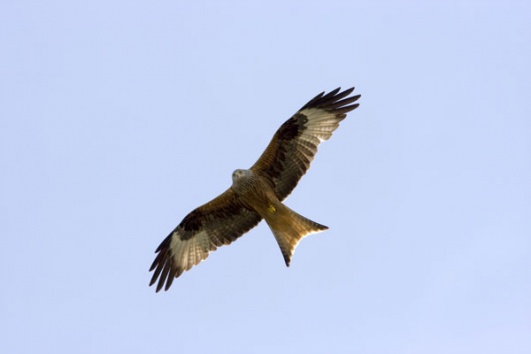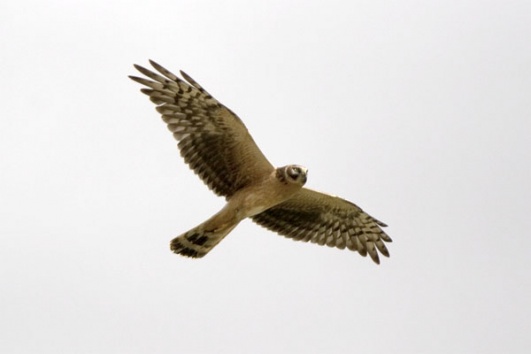Here you can read more about which cookies are being set.
The Raptors

The spectacular raptor migration over the Falsterbo peninsula is renowned far beyond the borders of Sweden. As early as August Honey Buzzards pass in large numbers on their way to tropical Africa. Due to the seasonal decline of their favorite food, wasp larvae, it is important for them to head south. Along with the Honey Buzzards, the first Western Marsh Harriers and Red Kites also turn up.
The Red Kite is the bird chosen to represent the province of Skåne. It is an extremely well chosen ambassador. It has its strongest presence in the country in Skåne, and the number of breeding pairs is approaching 2 000. In addition, the species is easily recognizable with its brownish-red plumage and long, deeply forked tail. The fact that it is also quite unafraid of people and easy to get up close to does not make it less suitable for the role. Having been close to disappearing as a breeding bird in Sweden during the 1970s, the population today has recovered better than expected, thanks to an aid project in the 1980s. The counting of migratory kites at Falsterbo shows that it in 1973 19 birds migrated but by 2020 the number was approaching 5,000. A positive trend indeed!
During September and October migratory birds pass in a never-ending stream. On days with high, clear air and weak to moderate southwesterly wind raptors are seen in large numbers above the Falsterbo peninsula. They rise in wide circles upwards on the warm, rising air currents to gain height for their continued migration southwest. Eurasian Sparrowhawks, Common Buzzards, Honey Buzzards and Red Kites are among the most common, but less common species such as Lesser Spotted Eagles and Pallid Harriers are seen every year.





